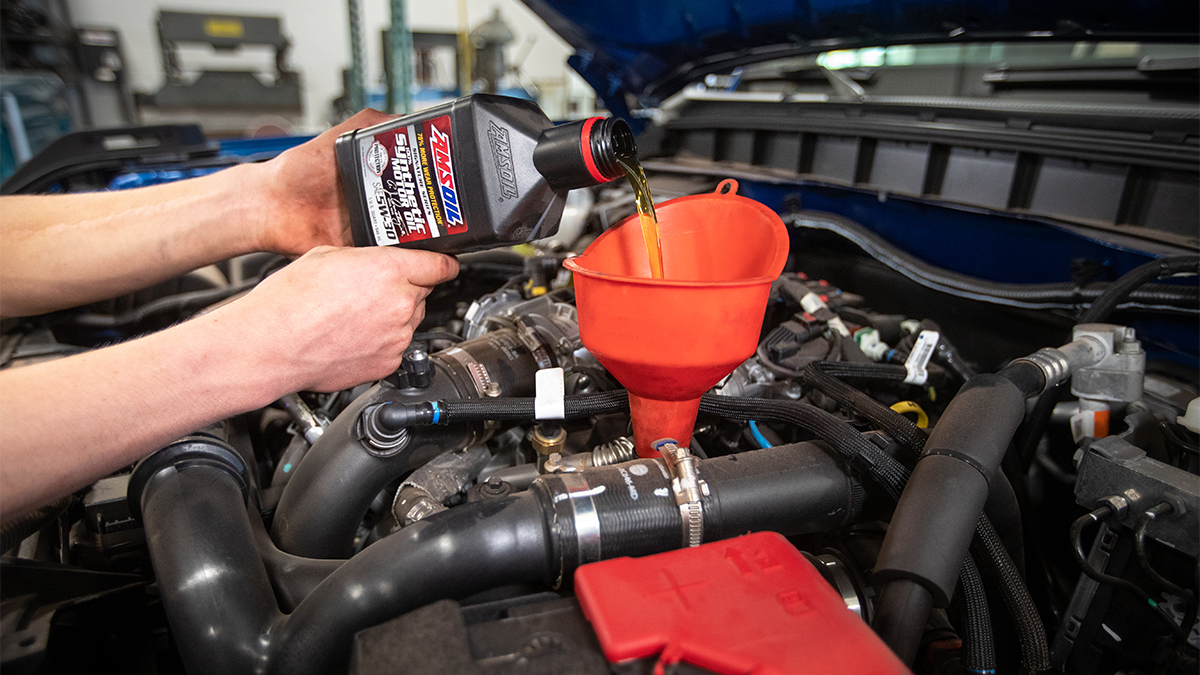Understanding Multi-Grade Viscosity

Multi-grade viscosity oils, such as 5W-30 or 10W-40, are formulated to adjust viscosity based on temperature changes, offering better engine protection across various conditions.
Ensure your vehicle's longevity and performance by choosing the right multi-grade viscosity oil today.
Optimize Your Engine's Lifespan: Select the Ideal Multi-Grade Viscosity Oil Today
Understanding Multi-Grade Viscosity
If you've ever scratched your head over "multi-grade viscosity," you're in good company. But grasping this concept is pivotal for maintaining your vehicle's engine. In this guide, we'll demystify engine oil viscosity and its impact on your car's performance.
What is Viscosity?
Viscosity gauges a fluid's resistance to flow. Simply put, it measures how thick or thin a liquid is. For instance, honey is more viscous than water because it's thicker and flows slower. In terms of engine oil, viscosity matters as it influences how effectively the oil lubricates the engine's components. If the oil is too thin, it won't shield adequately, while if it's too thick, it can lead to excessive wear and tear.
What is Multi-Grade Viscosity?
Lubricant thickness denotes engine oil engineered to exhibit varying viscosity levels at different temperatures. This implies that the oil will have lower viscosity when the engine is cold, easing startup and reducing wear during this critical phase. As the engine heats up, the oil thickens, furnishing enhanced protection at higher temperatures. Engine oil viscosity's typically carry dual numbers like 5W-30 or 10W-40, denoting viscosity at cold and hot temperatures respectively.
How is Multi-Grade Viscosity Evaluated?
Lubricant thickness is assessed through the standardized SAE J300 viscosity classification system. This system assigns numerical ratings based on the oil's viscosity at low and high temperatures. The initial number (e.g., 5W or 10W) represents viscosity at low temperatures, while the succeeding number (e.g., 30 or 40) denotes viscosity at high temperatures. A lower first number indicates superior cold weather performance, while a higher second number signifies better performance in hotter conditions.
The Advantages of Multi-Grade Viscosity Oils
Multi-viscosity grade oils offer several advantages. They furnish enhanced engine protection across a wider temperature range by flowing more readily in cold conditions, thus reducing wear during cold starts. Simultaneously, they maintain viscosity at elevated temperatures, safeguarding against heat and friction-induced engine damage. Moreover, these oils can bolster fuel efficiency by minimizing friction and enhancing engine performance.
Selecting the Right Multi-Grade Viscosity Oil for Your Vehicle
Choosing the appropriate multi-grade viscosity oil need not be overwhelming. Begin by consulting your vehicle's owner manual to ascertain the recommended viscosity range, typically expressed as a number followed by a letter (e.g., 5W-30 or 10W-40). The numeral before the "W" indicates viscosity at low temperatures, while the one after the "W" signifies viscosity at high temperatures. Opt for an oil falling within this recommended range to ensure optimal engine performance and protection. Additionally, factor in your driving habits, climate, and your vehicle's age and condition when making your selection.
Optimize Your Engine's Lifespan: Select the Ideal Multi-Grade Viscosity Oil Today
Ensure your vehicle's longevity and performance by choosing the right lubricant thickness of oil today. Consult your owner manual or our look up guide. Your engine will thank you!










